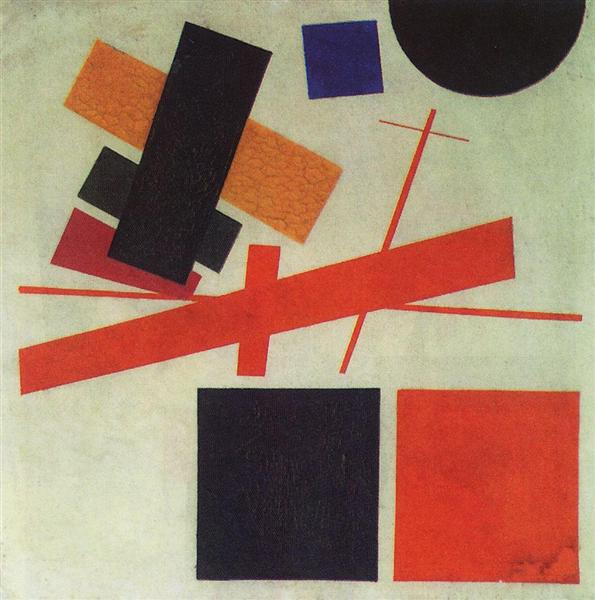Kazimir Malevich Suprematism 34 Drawings. Cover design for kazimir malevich's catalogue suprematism: Image courtesy of zaha hadid architects.

Kazimir malevich’s achievement remains enigmatic even ninety years after he drew four lines on a two and a half foot square canvas and filled in the resulting area with black paint. He painted his most famous work, guernica (1937), in response to the spanish civil war; 34 drawings) (1920) by kazimir malevich;
He Painted His Most Famous Work, Guernica (1937), In Response To The Spanish Civil War;
Published by artists bookworks, forest row, 1990. View airplane flying (from kazimir malevich's catalogue suprematism: Malevich never articulated this combinatoric system explicitly;
This 2014 Reprint Of Malevich S Little Book Contains A New Translation From The Russian And A New Introductory Text By Patricia Railing, Reading The 34.
Read reviews from world’s largest community for readers. Access more artwork lots and estimated & realized auction prices on mutualart. Kazimir severinovich malevich (23 february [o.s.
Gift Of The Judith Rothschild Foundation.
Titles are given in the language of publication. 34 drawings lazar khidekel and suprematism So, how did kazimir malevich come up with suprematism?
As Energetic Conceptions Of The Structure Of The Universe Initiated By Physicists Have Transformed The Previously Existing Mechanistic World Landscape, Suprematism, Invented By Malevich, Announced The Supremacy Of Color Energy In Painting.
Born in kyiv to an ethnic polish family, his concept of suprematism sought to develop a form of expression. The presence of the squares in the sketchbook receives the same, constant interpretation in the writings of kazimir malevich; 3 1/4 x 3 3/4 in.
Univos (‘Affirmers Of The New Art’) Publisher (Collection National Gallery Of Australia Canberra) Table 1:
Further development into architectural suprematism i leave to young architects, in the wide sense of the word, for i see the epoch of the new architecture only in this. In 1916, malevich began to use spinning discs in order to discover the phenomenon of light in centrifugal movement. (malevich in 'from cubism to suprematism', 1915, from art of the 20th century, ed.